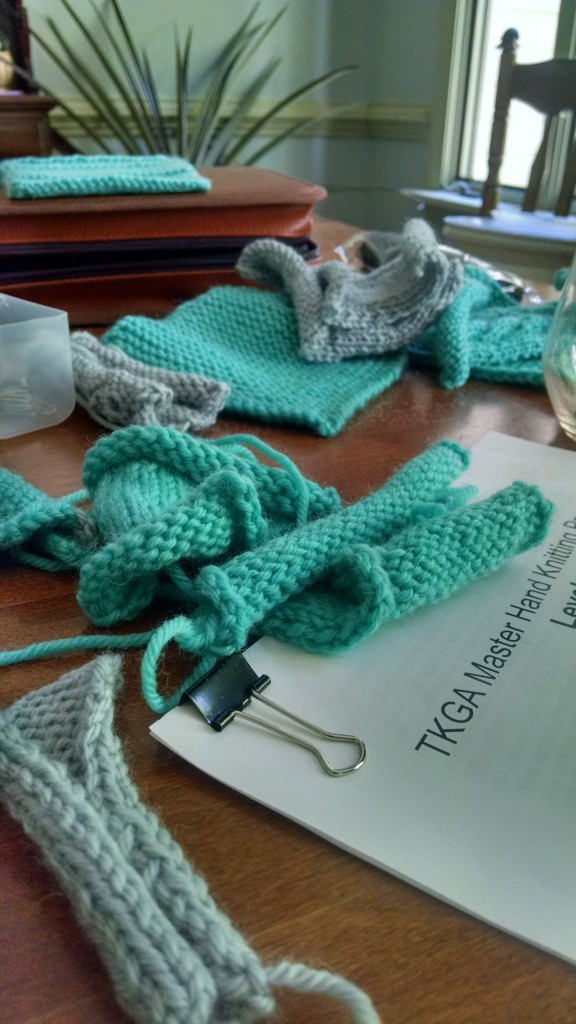 I’ve been considering doing the Master Knitter program for a while now. Rather halfheartedly, because I wasn’t really sure where I would find the time, and I wasn’t sure of the benefit the designation would give me. However, after Unwind, Mr. Turtle decided it was time to give me the push and sign me up for the Master Hand Knitter program. Then I’d be committed. The theory being, is that even at 30 years of age (with a child now!) I’m often still perceived as being younger and thus less experienced. (Ageism, anyone?) The Master Hand Knitter certification would be a way for me to have outside validation that I know my stuff – and hopefully open more doors for teaching and other opportunities.
I’ve been considering doing the Master Knitter program for a while now. Rather halfheartedly, because I wasn’t really sure where I would find the time, and I wasn’t sure of the benefit the designation would give me. However, after Unwind, Mr. Turtle decided it was time to give me the push and sign me up for the Master Hand Knitter program. Then I’d be committed. The theory being, is that even at 30 years of age (with a child now!) I’m often still perceived as being younger and thus less experienced. (Ageism, anyone?) The Master Hand Knitter certification would be a way for me to have outside validation that I know my stuff – and hopefully open more doors for teaching and other opportunities.
So I’ve been working on the swatches and reports for the first level, and it’s an interesting process. Let me be clear before I write the next part: I have the utmost respect for the TKGA Master Hand Knitter Program.
Saying that, I’m finding doing the swatches and the work utterly boring and frustrating and counter-intuitive to my personality. Hint: I’m not that great a rule-following, and I tend to think I know better than the directions.
Part of this may improve with time as I get to the more difficult levels. But part of me wishes that there was a way to “test out” of the lower levels – these swatches of garter stitch, stockinette, and basic lace are driving me BONKERS. I understand that you need to follow the directions exactly – so that they can tell that you can follow directions, so that you can demonstrate that you can do various skills like yarn-overs and decreases without twisting stitches.
The whole thing is terribly tedious.
Then, I need to write reports about various techniques, citing sources and answering questions. I need to be able to write directions on how to do the various skills to demonstrate that I can explain things clearly.
And the whole time I feel like this work is pulling me away from things I would rather do with my leisure or work time. I’m trying to keep my eye on the prize – that big shiny pin and the proof that I’m able to do this work. But… I’m finding it hard. Part of it is I’m not entirely convinced that the time I spend on the Master Hand Knitter Certification will actually have any affect on my marketability. And part of it is I feel like my accomplishments should be able to speak for themselves, instead of doing what feels like busywork.
But! Continuing education is a good thing. And who knows, maybe I’ll get my ego checked a little bit, and find things that I need to improve on.
Anyone else looked at or done the Master Hand Knitters Program? What were your thoughts?

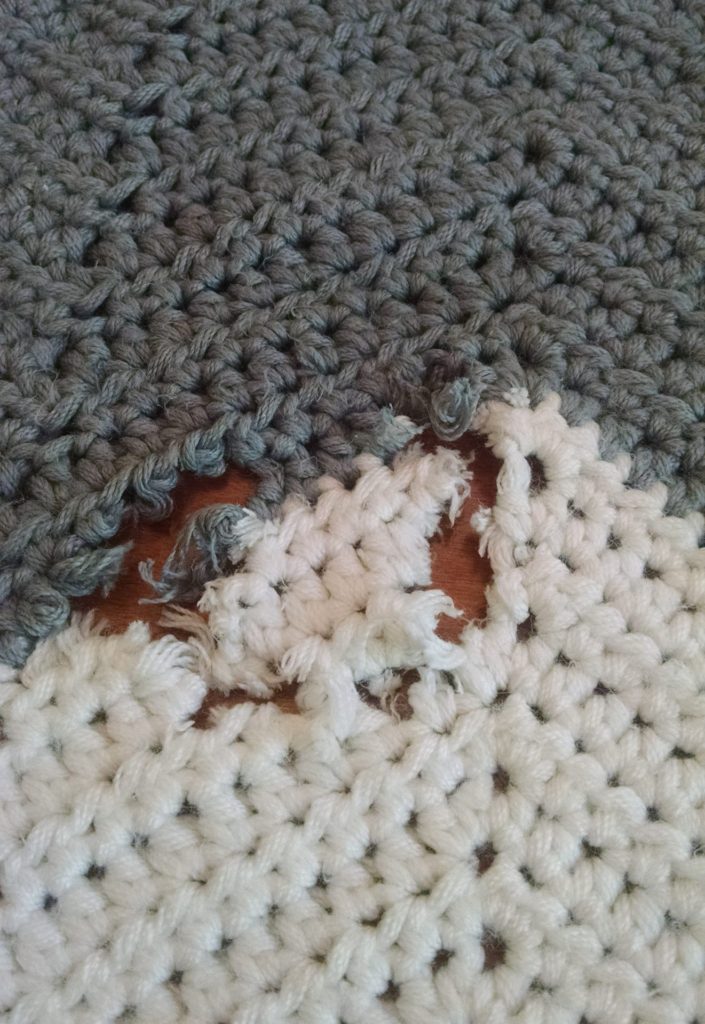
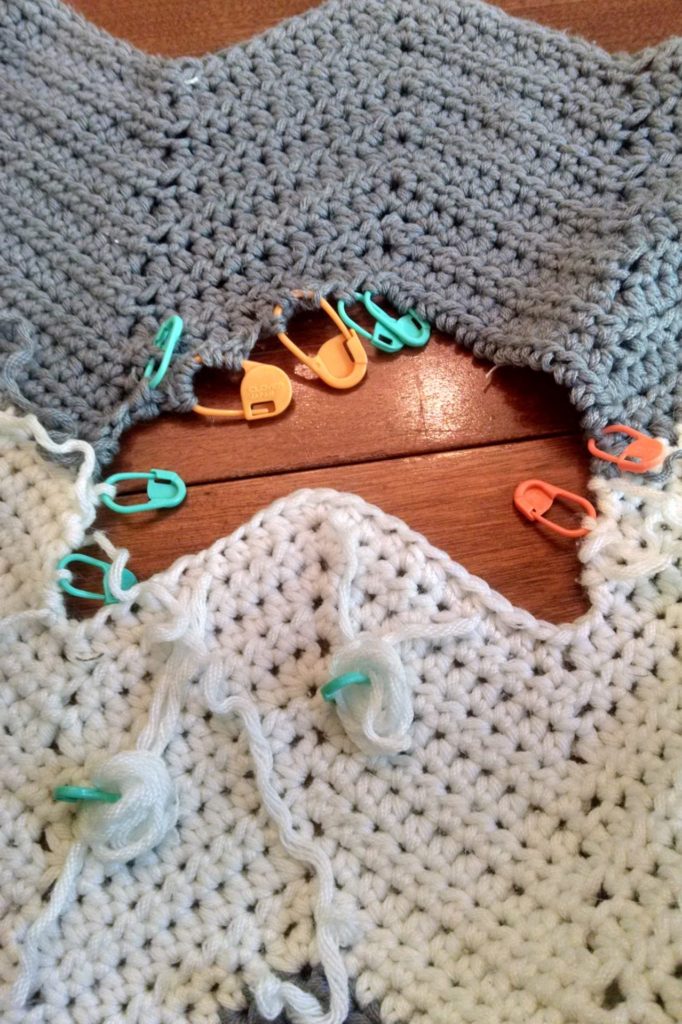
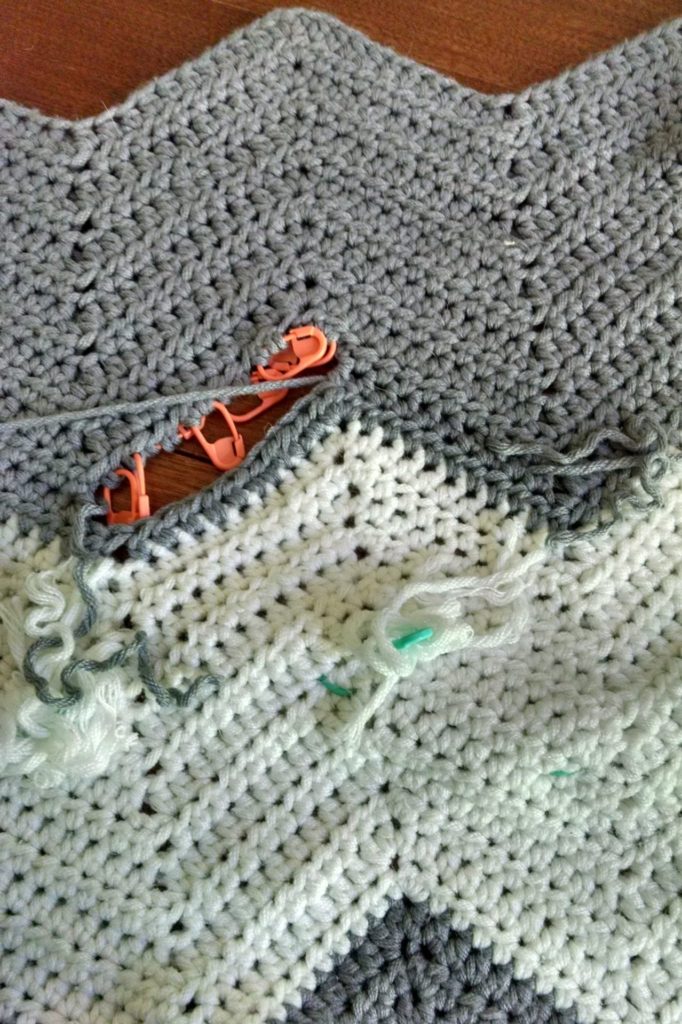
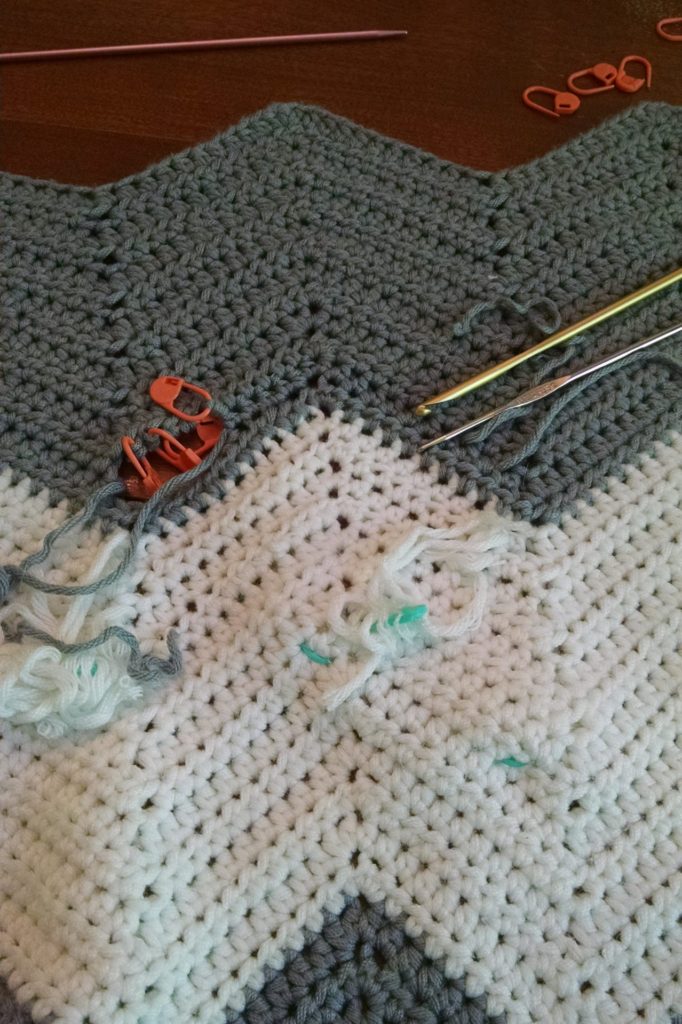
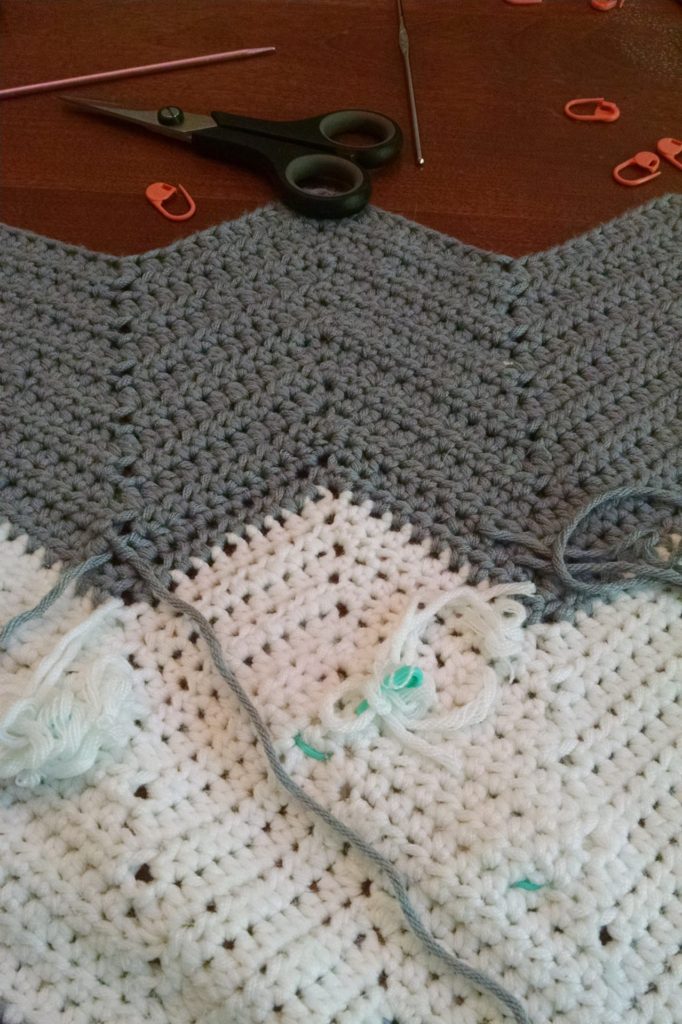
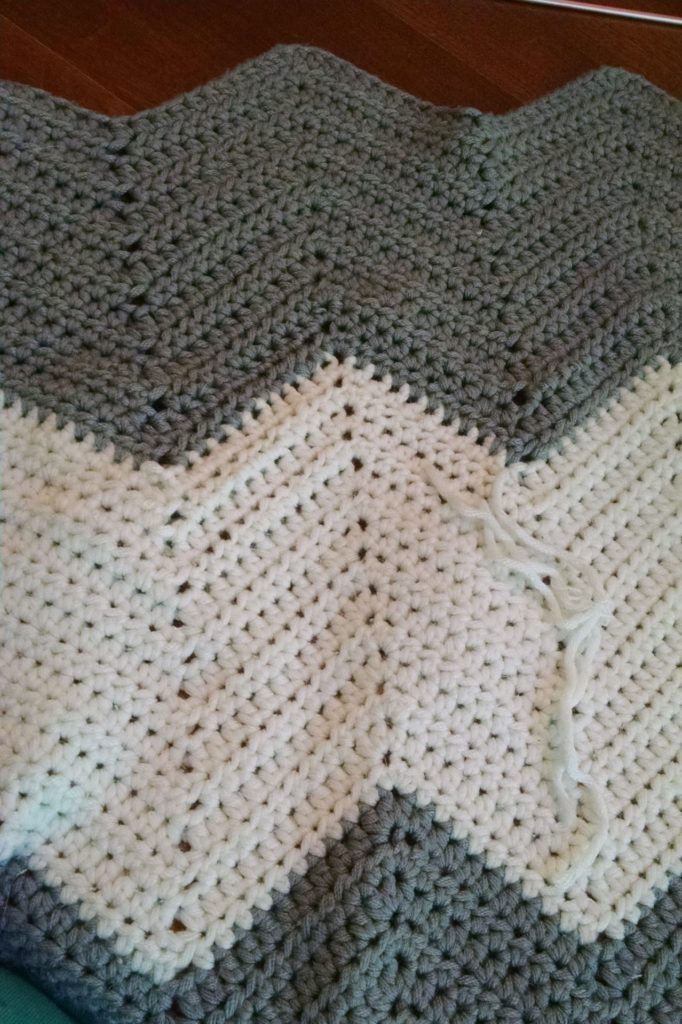
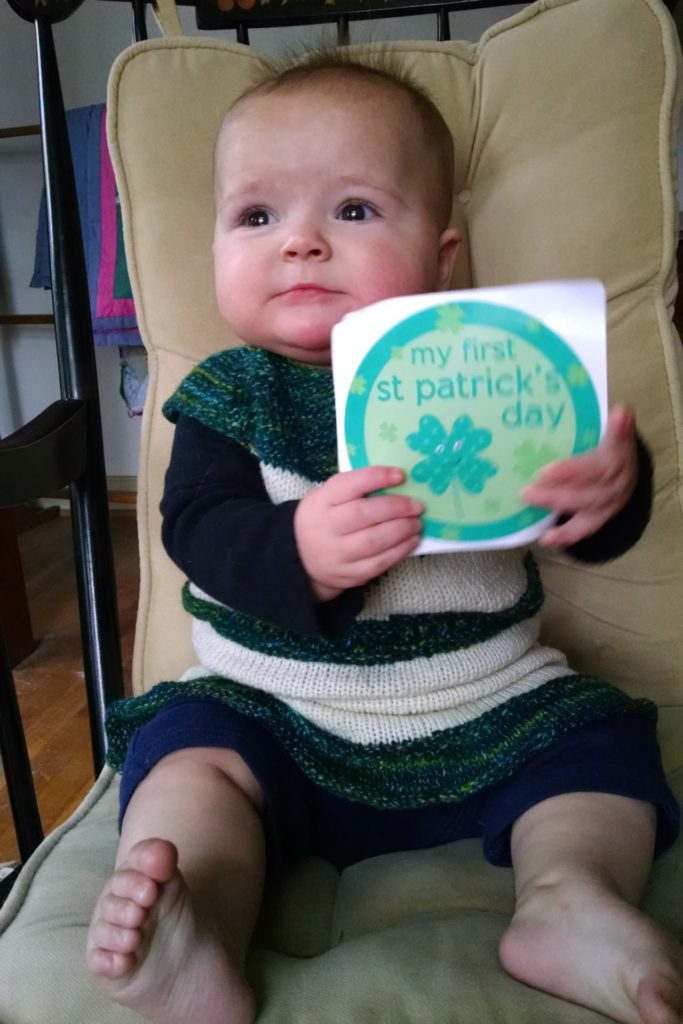
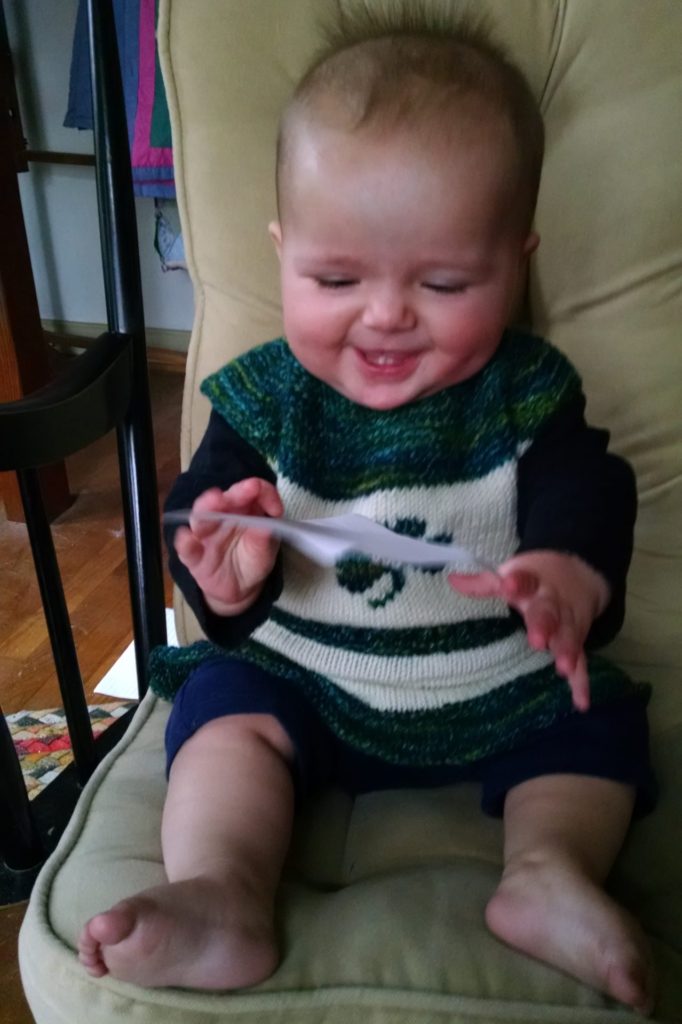
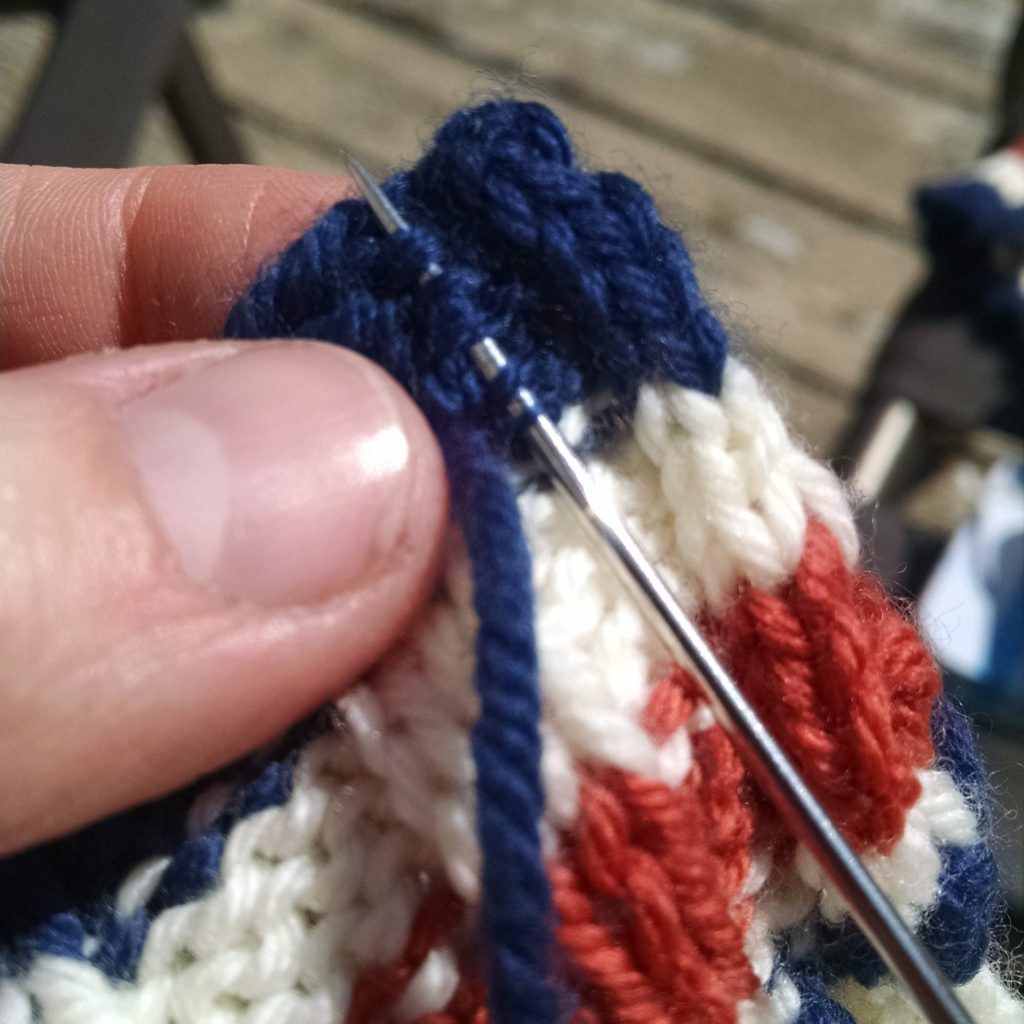
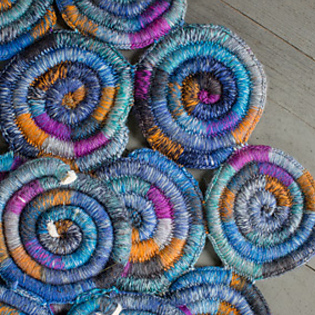
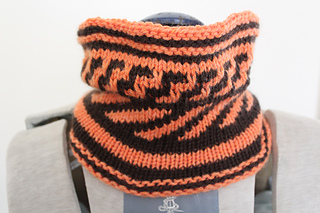
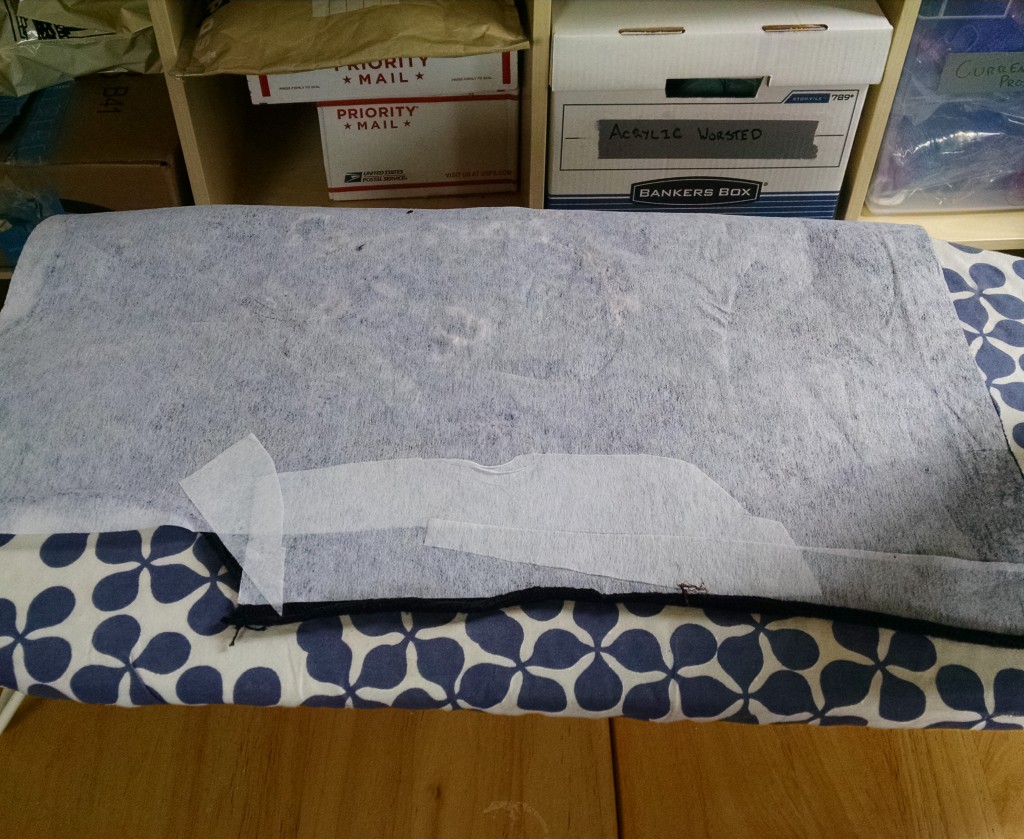
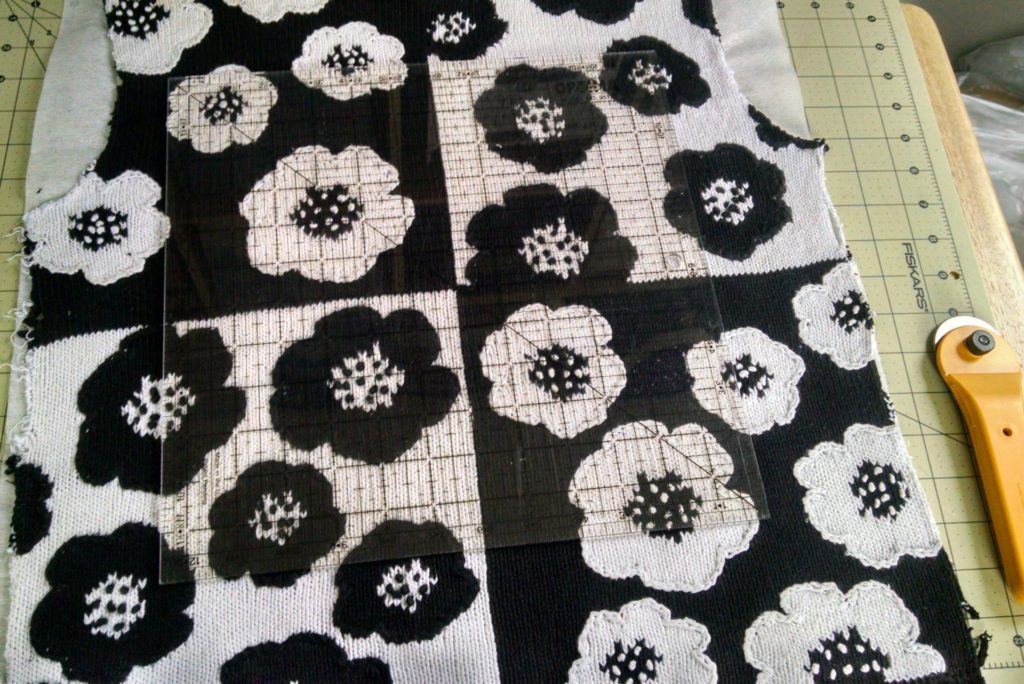
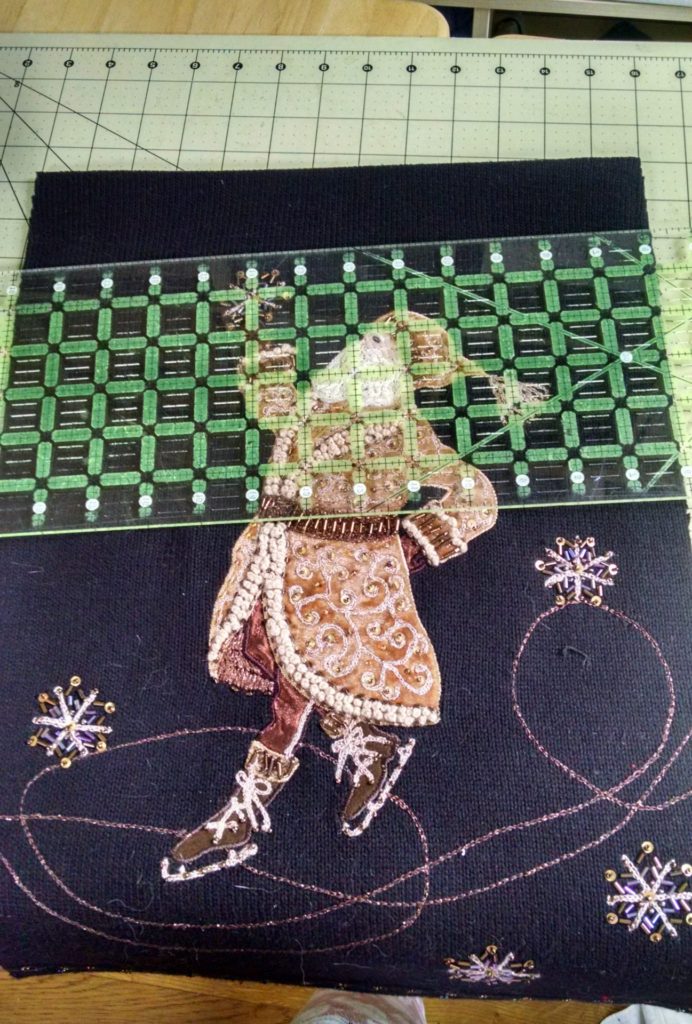
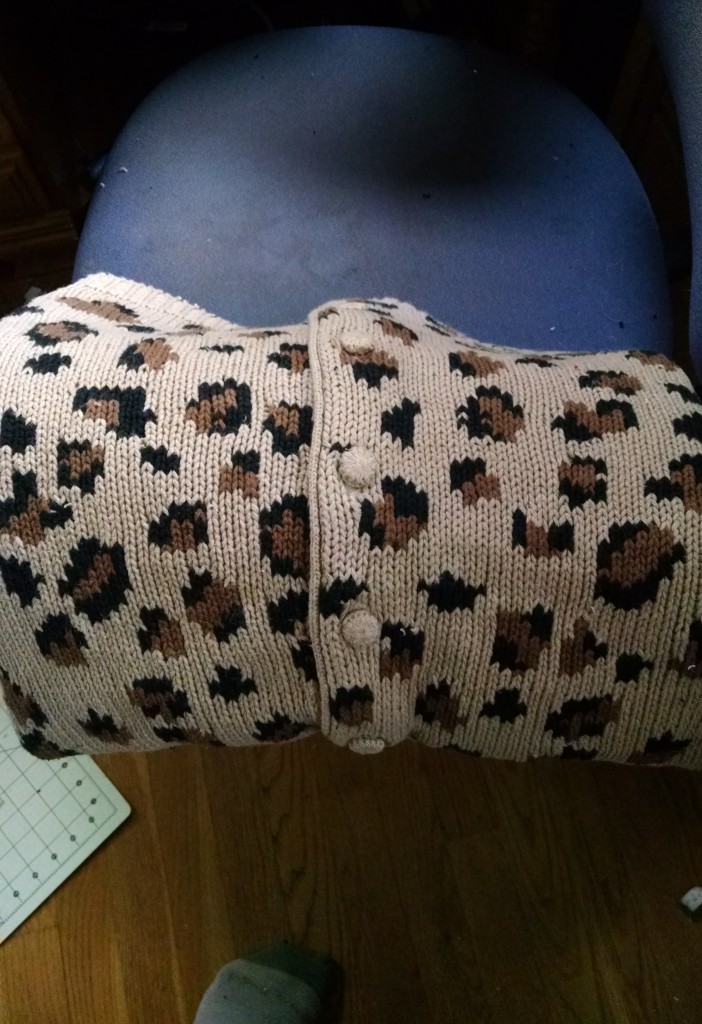
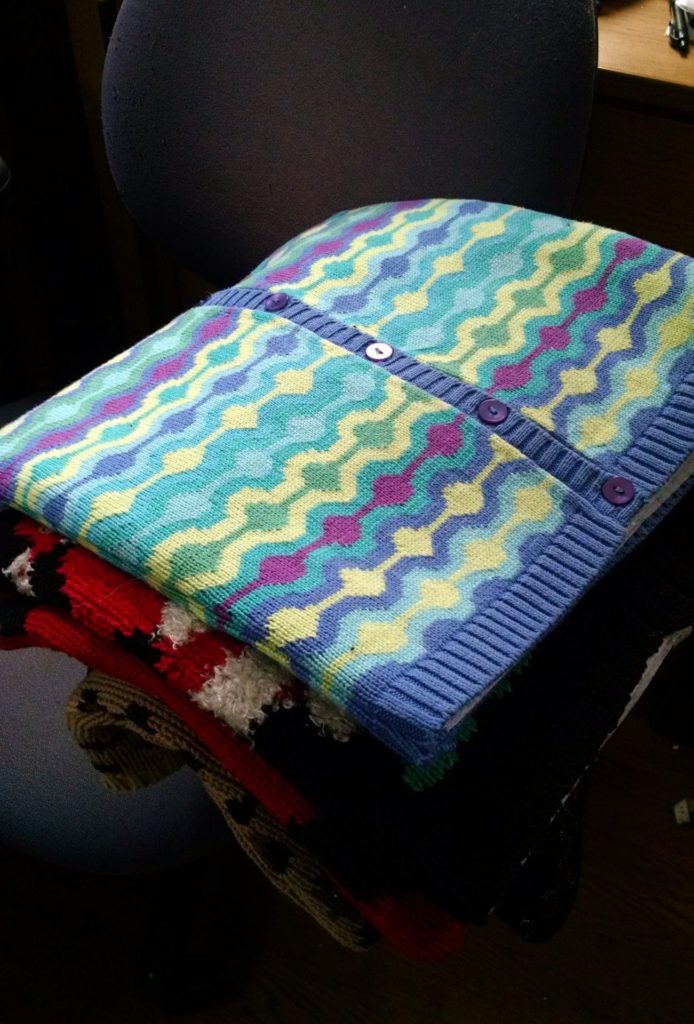
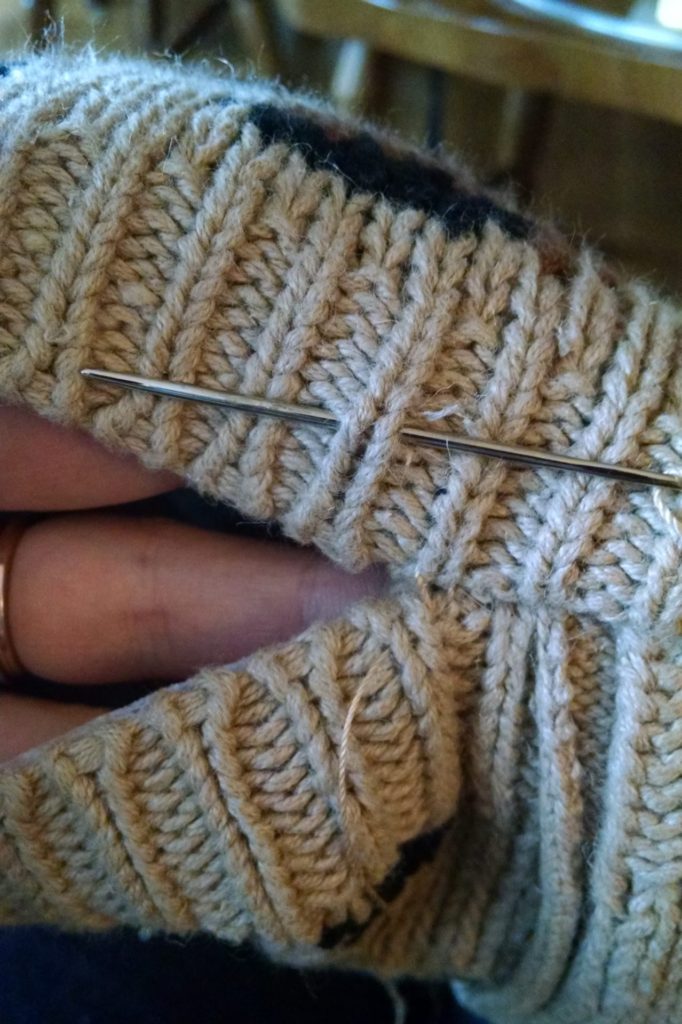
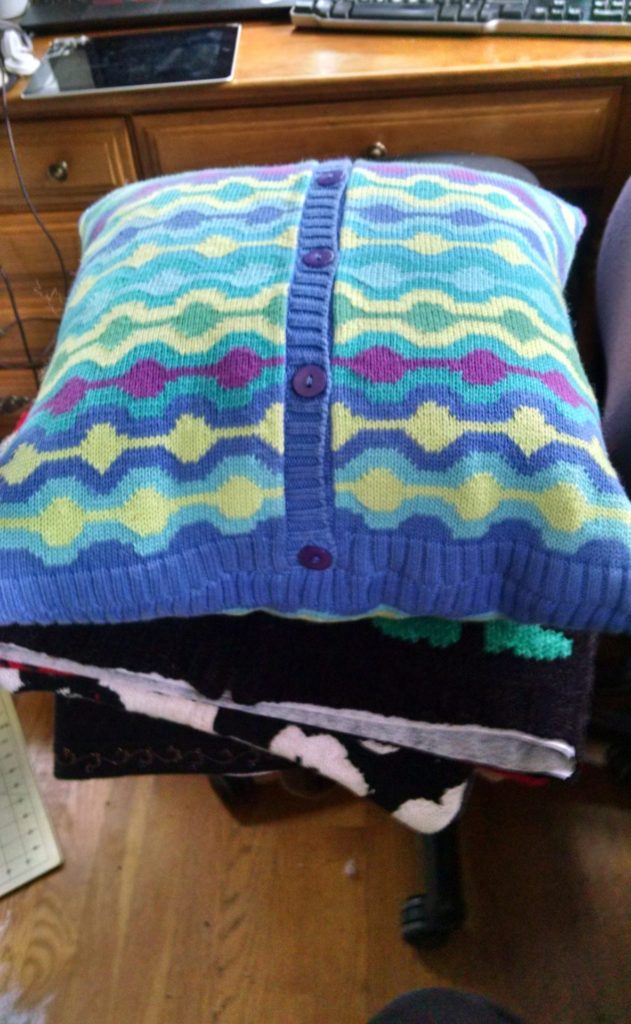
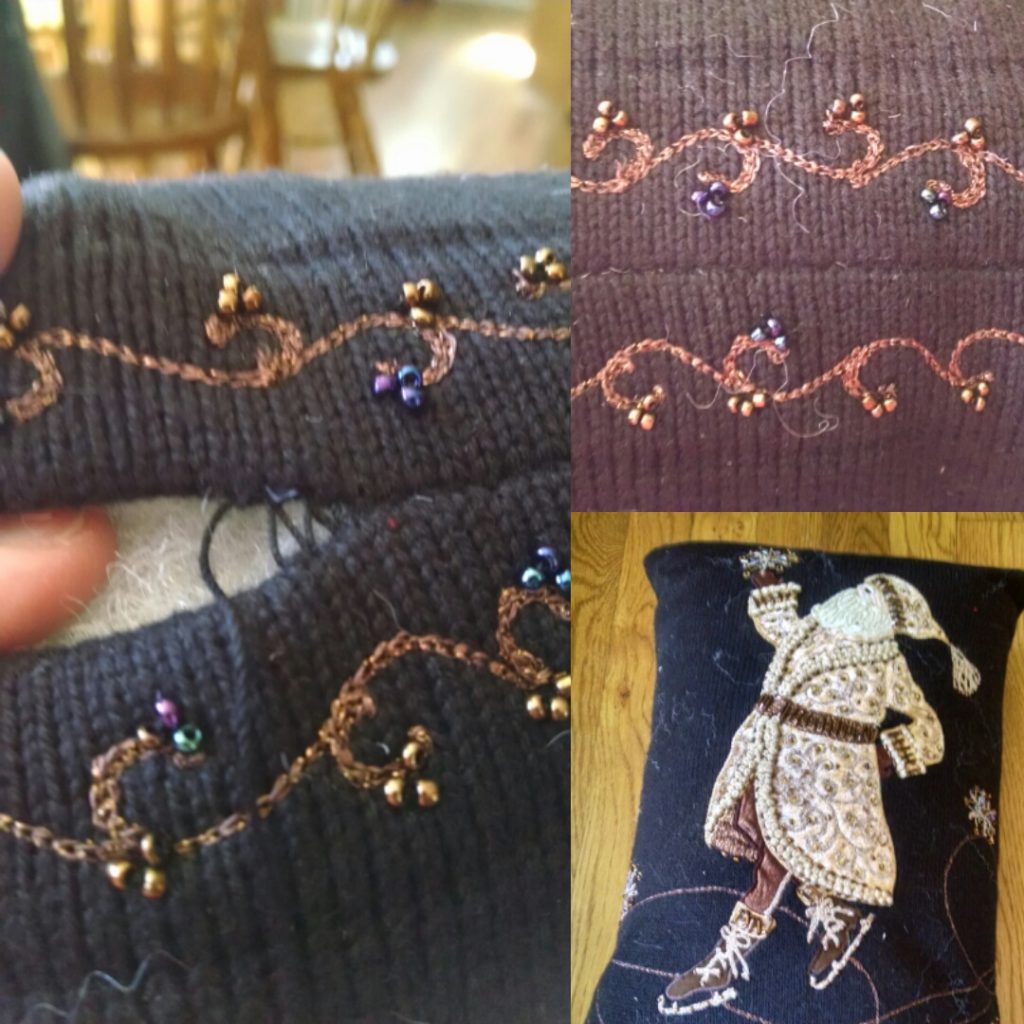
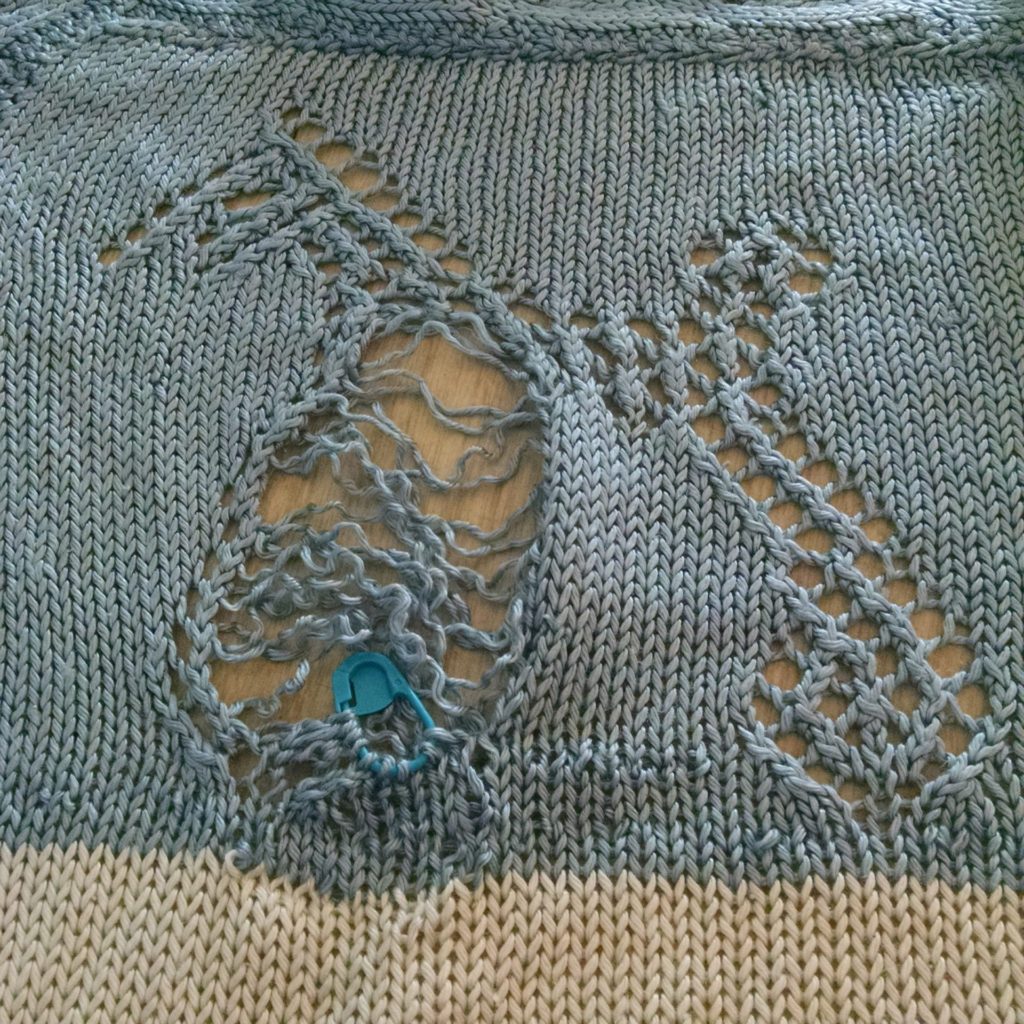
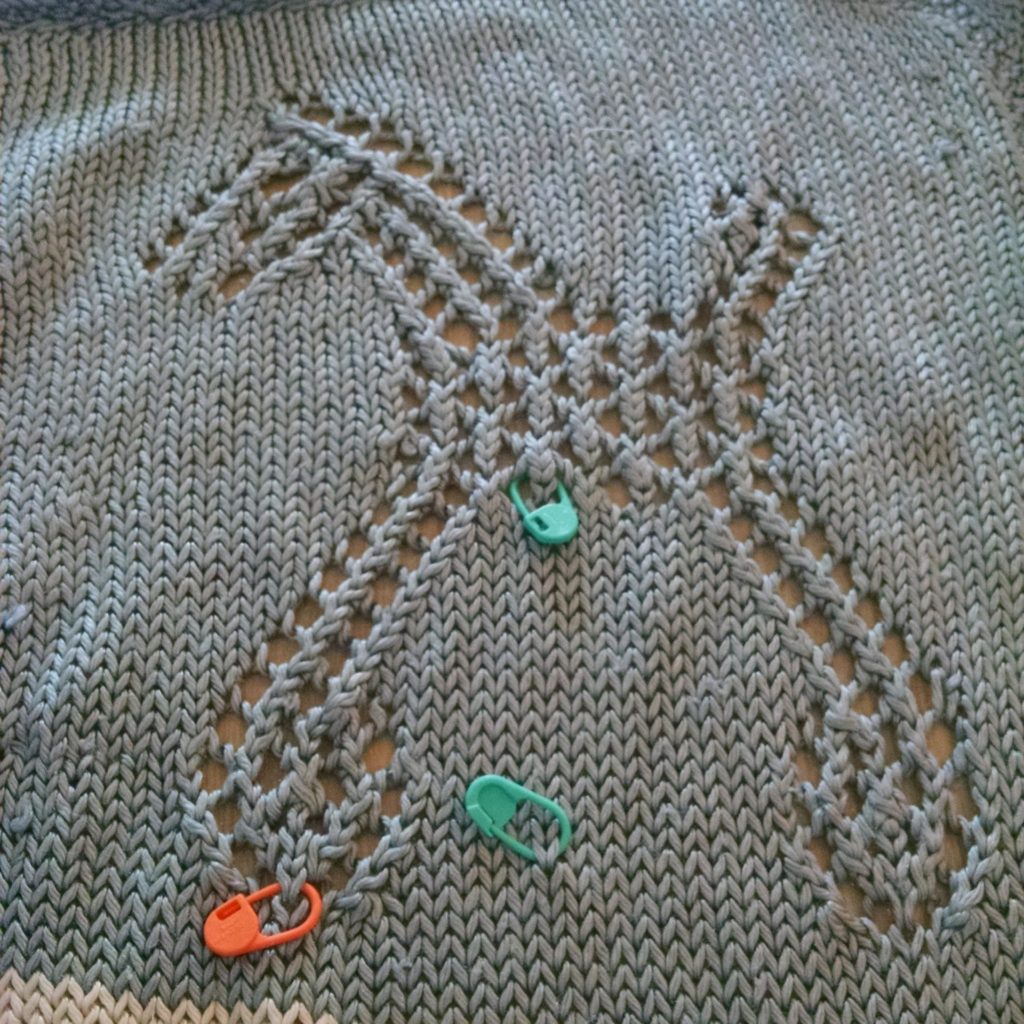
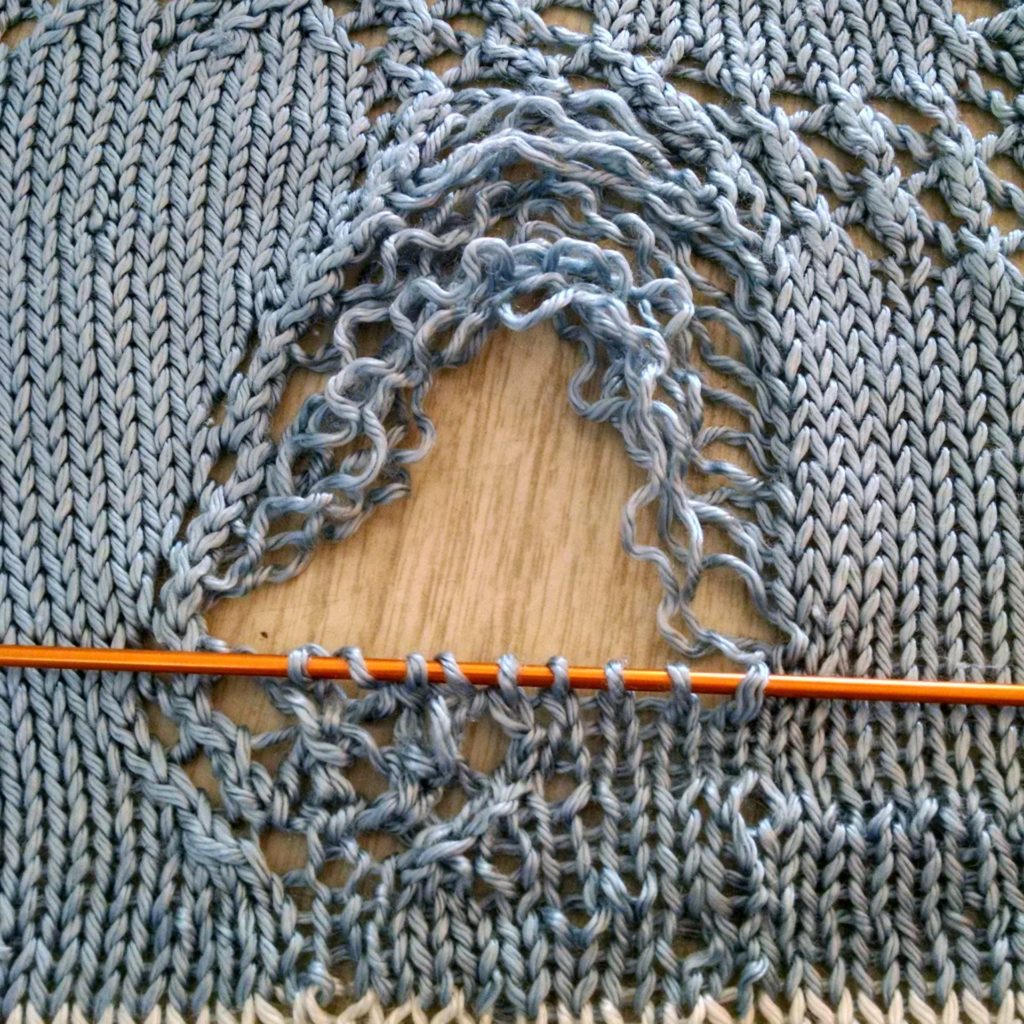
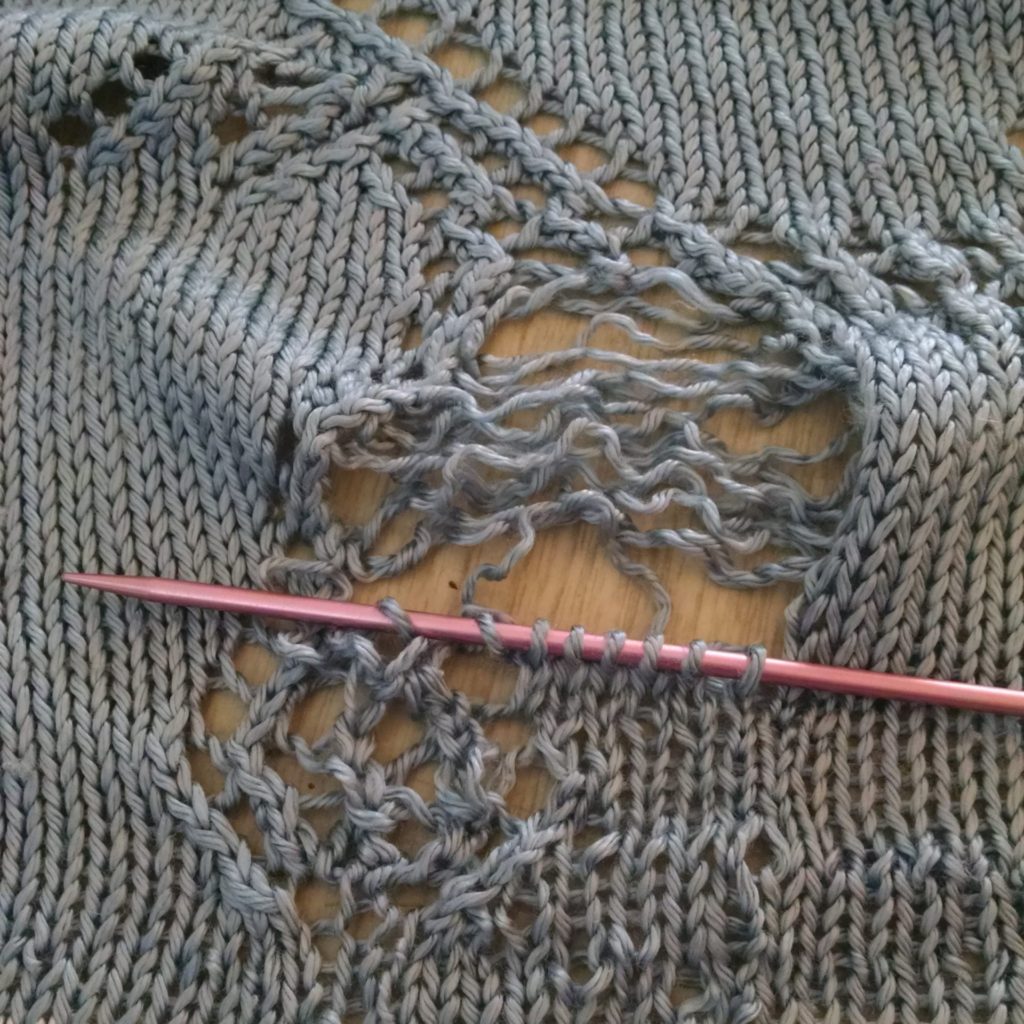
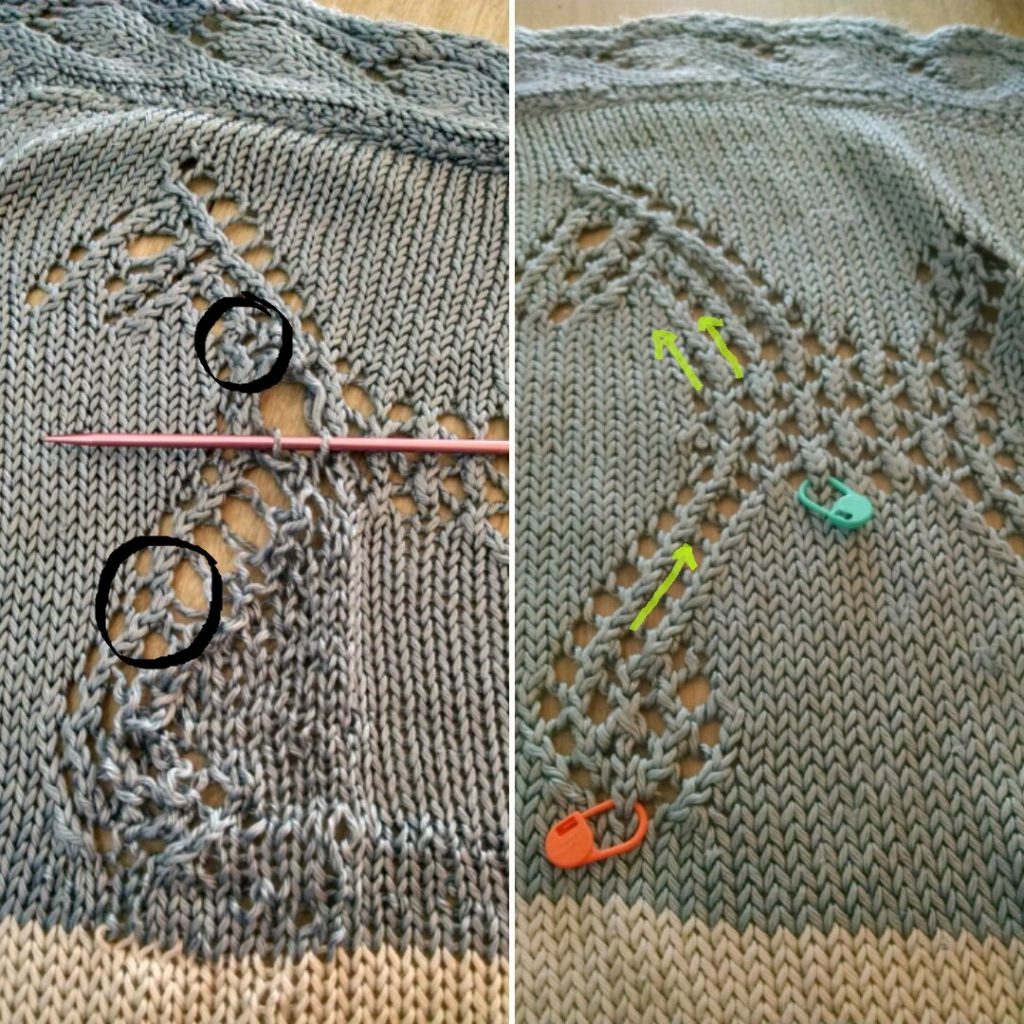
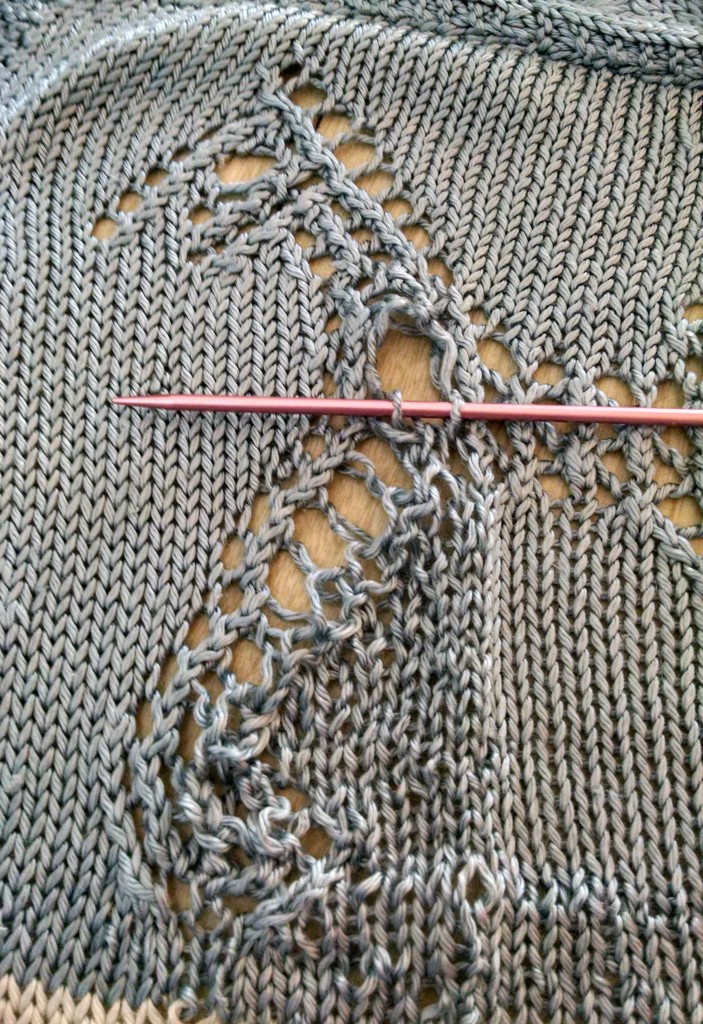
![IMG_20170213_145143730[1]](http://www.tinkingturtle.com/wp-content/uploads/2017/02/IMG_20170213_1451437301-e1487108588826-731x1024.jpg)
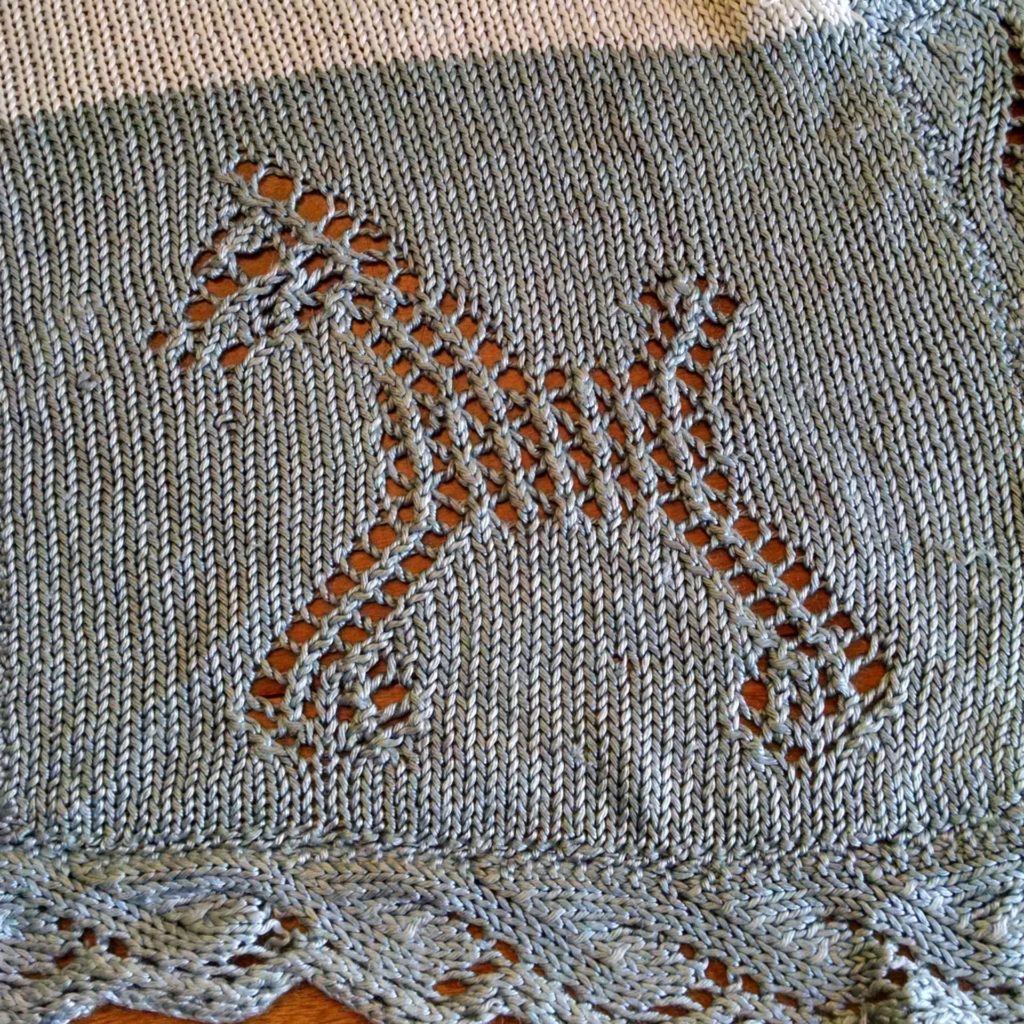
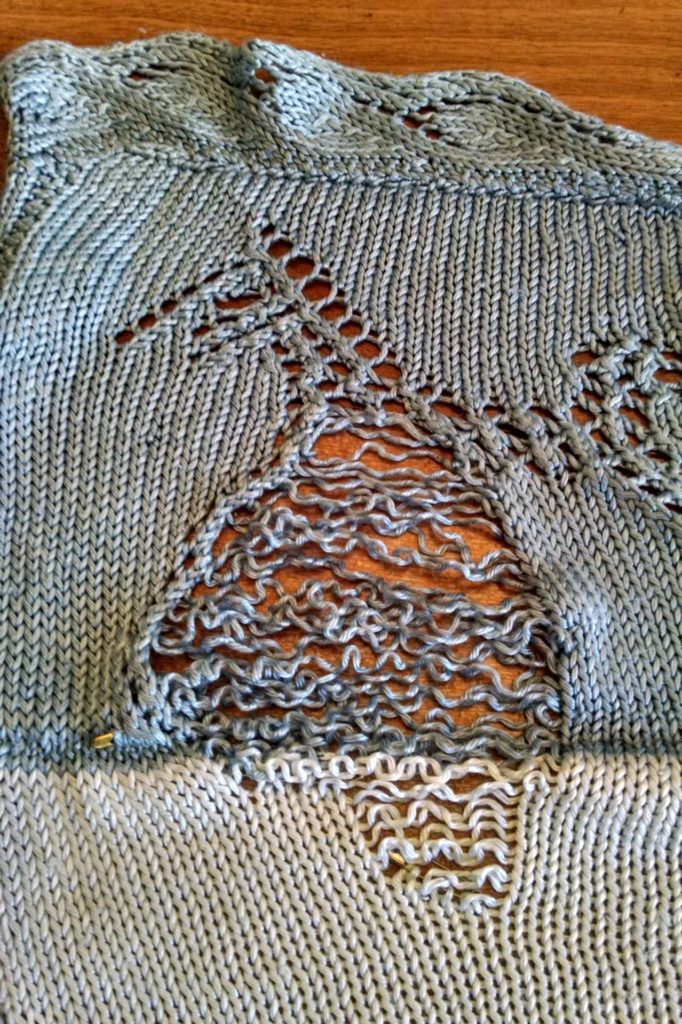
![IMG_20170213_145612480[1]](http://www.tinkingturtle.com/wp-content/uploads/2017/02/IMG_20170213_1456124801-e1487108484310-755x1024.jpg)
![IMG_20170213_150433116[1]](http://www.tinkingturtle.com/wp-content/uploads/2017/02/IMG_20170213_1504331161-e1487108538166-768x1024.jpg)
![IMG_20170213_150454231[1]](http://www.tinkingturtle.com/wp-content/uploads/2017/02/IMG_20170213_1504542311-1024x576.jpg)
![IMG_20170213_150459010[1]](http://www.tinkingturtle.com/wp-content/uploads/2017/02/IMG_20170213_1504590101-1024x576.jpg)
![IMG_20170213_150719612[1]](http://www.tinkingturtle.com/wp-content/uploads/2017/02/IMG_20170213_1507196121-e1487108649602-768x1024.jpg)
![IMG_20170213_152532582_HDR[1]](http://www.tinkingturtle.com/wp-content/uploads/2017/02/IMG_20170213_152532582_HDR1-e1487108694291-693x1024.jpg)
![IMG_20170213_153216265[1]](http://www.tinkingturtle.com/wp-content/uploads/2017/02/IMG_20170213_1532162651-e1487108729952-760x1024.jpg)
![IMG_20170213_155107783_HDR[1]](http://www.tinkingturtle.com/wp-content/uploads/2017/02/IMG_20170213_155107783_HDR1-e1487108780754-768x1024.jpg)
![IMG_20170213_164514165[1]](http://www.tinkingturtle.com/wp-content/uploads/2017/02/IMG_20170213_1645141651-e1487108843906-799x1024.jpg)
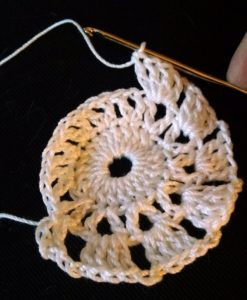
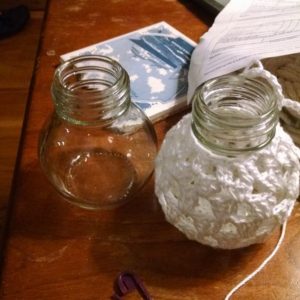
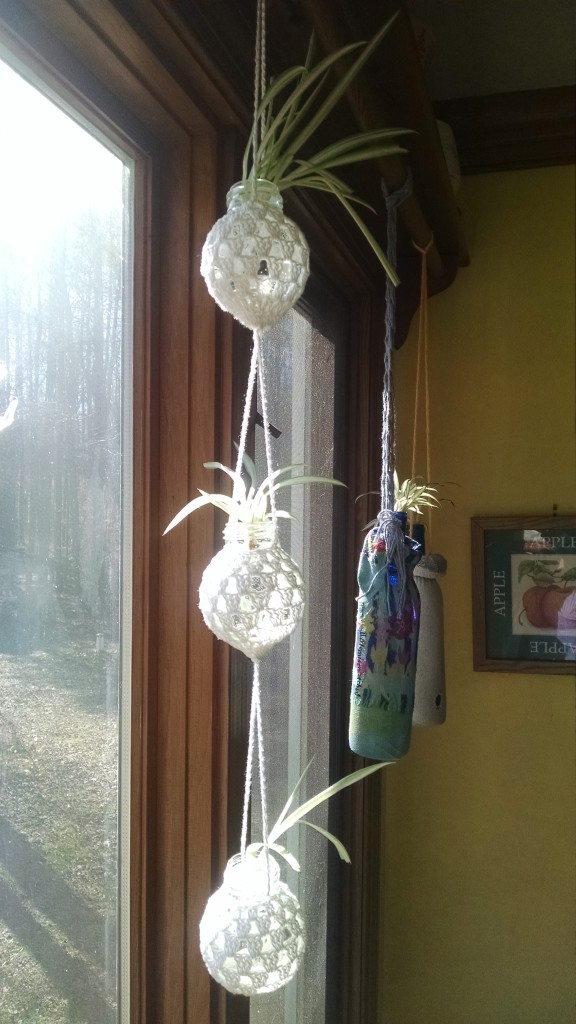
![IMG_20170128_195444[1]](http://www.tinkingturtle.com/wp-content/uploads/2017/01/IMG_20170128_1954441-768x1024.jpg)
![IMG_20170130_094404459[1]](http://www.tinkingturtle.com/wp-content/uploads/2017/01/IMG_20170130_0944044591-576x1024.jpg)
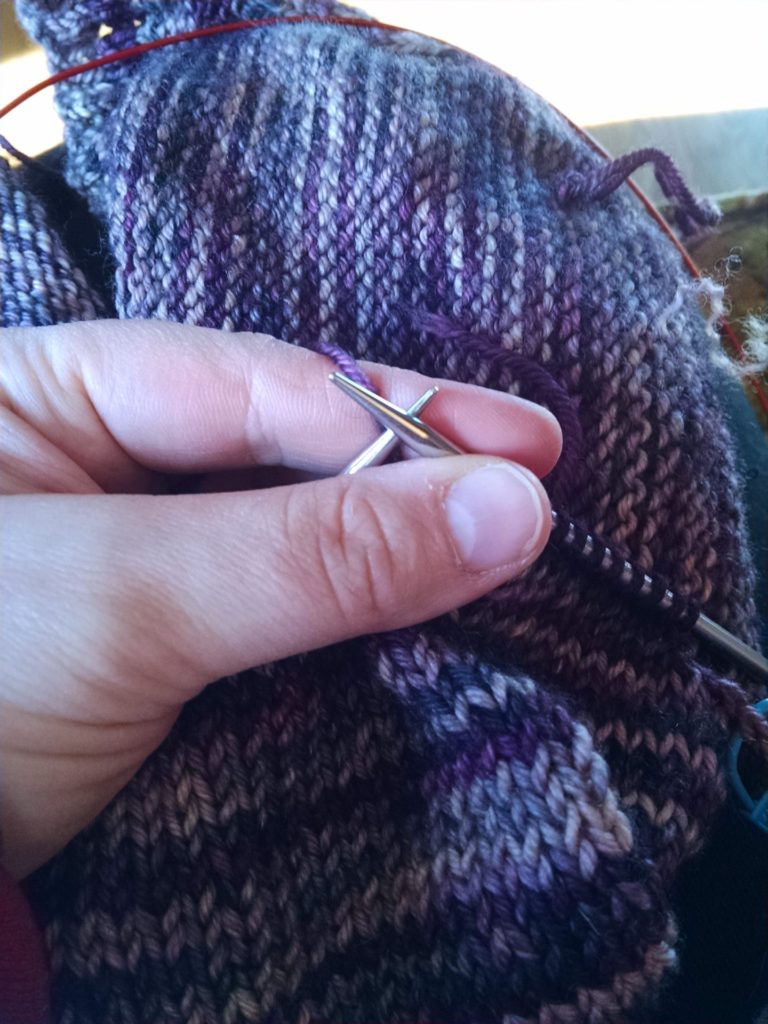
![IMG_20170127_153327961[1]](http://www.tinkingturtle.com/wp-content/uploads/2017/01/IMG_20170127_1533279611-576x1024.jpg)
